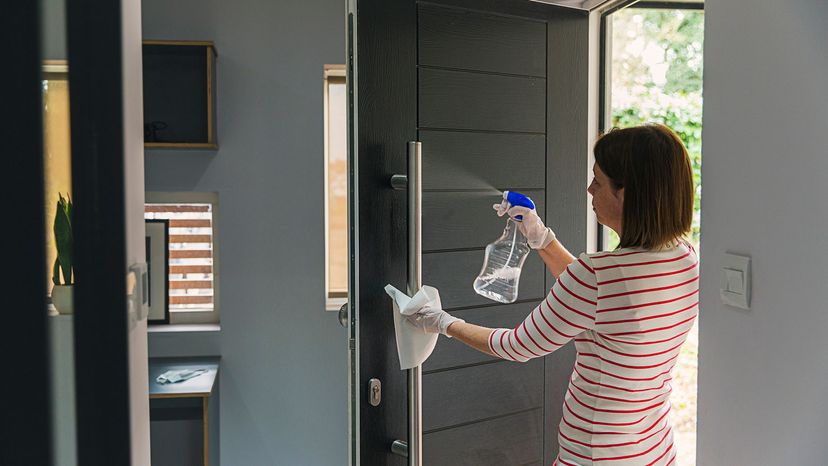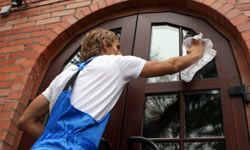Since the CDC is respected as an authority when it comes to disease control, killing dangerous bacteria and microbial life, here's how they explain the differences:
Soap and Water
Cleaning only removes visible dirt and germs from surfaces. This method doesn't kill germs, but by removing them physically, you're lowering their number and your risk of infection.
Disinfectants
Disinfecting uses chemicals to destroy germs not visible to the naked eye rather than simply reducing them. The procedure may not necessarily clean a dirty surface, but by disinfecting it, you reduce the risk of infection. You might disinfect areas where you change a baby's diaper. Hospitals disinfect areas that have come into contact with blood or other bodily fluids.
Hand Sanitizers
Sanitizing lowers the number of germs to a safe level as judged by public health standards. It can involve either cleaning or disinfecting (or both). Usually you sanitize in kitchens and other areas that come into contact with food. For example, you sanitize dishes and utensils after using them. You may also sanitize toys that children put in their mouths.
If you're trying to get rid of harmful bacteria and kill viruses (for instance during flu season or a pandemic outbreak), you'll want to disinfect rather than sanitize. EPA-approved sanitizers only take care of bacteria, while EPA-approved disinfectants kill both bacteria and viruses.
On the next page we'll talk about how to disinfect and sanitize using bleach.

